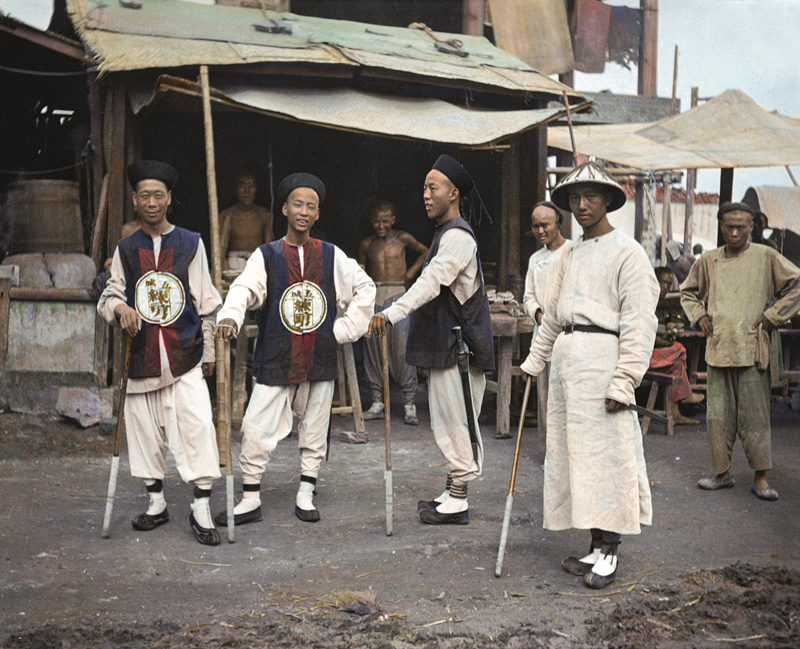Seeing the past in a different light
By Julian Shea in London | China Daily | Updated: 2018-10-30 10:33

The process of colorization can be a source of controversy. Some colorizers claim they are not so much adding color as restoring what was there when the original black and white image was taken, but Amaral is not entirely comfortable with this.
"There's no way of knowing exactly what the colors were by looking at the black and white pictures, so I try and envision how it would have looked and do as much research as I can, but inevitably there is some artistic license as I don't know what the photographer saw at the time," she said.
"Doing the project has given me a hugely increased appreciation of black and white photography, there were so many more wonderful pictures that we wanted to include but, for various reasons, couldn't, because maybe they didn't fit the story we wanted to create. But working with those ones we didn't use was still wonderful - I can't say I prefer the color versions over the originals, I think that the two versions should both be appreciated, and I hope people feel that way too."
What began as a Twitter exchange has ended up becoming a lavishly illustrated, 448-page hardback book that has already been published in numerous European languages, to huge public and critical acclaim, which is only likely to increase as more translations take it to new audiences and countries, including Japan and China.
In China, the book is being translated and will be published by China Social Sciences Press.
"The response has been amazing - I keep telling Marina, not many first books are so well received," said Jones. "Readers love it, it's No 3 in the Sunday Times bestseller list, booksellers have really got behind it and what I think is very revealing is how many people have read about it and see the images shared on social media but still want to come in and buy a physical copy of the book. It's great that people realize what we're doing and that it's not just a gimmick - it's not a coffee-table book, this is a serious history book. It's bringing in a new audience for history, which is great, but it's also helping people who are already history enthusiasts see things they thought they knew in a different way."
For Amaral, one of the greatest thrills is that colorization is breaking down the barrier of inquiry that the original black and white images may have presented to some readers.
"History teachers have got in touch, saying they are using it as a way of making classes more engaging, and the really good thing is that they say looking at the pictures is then encouraging pupils to go off and do more reading about the subject," she said. "They're now interested in learning about things which they previously didn't even know about, so it's great to see that reaction."
























